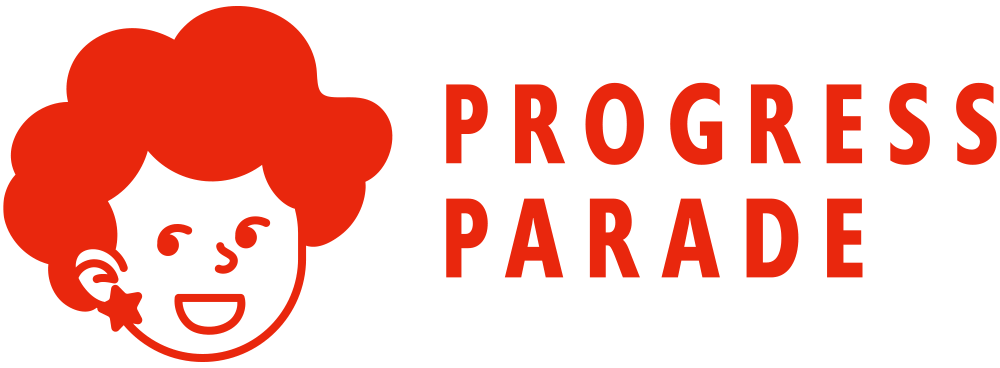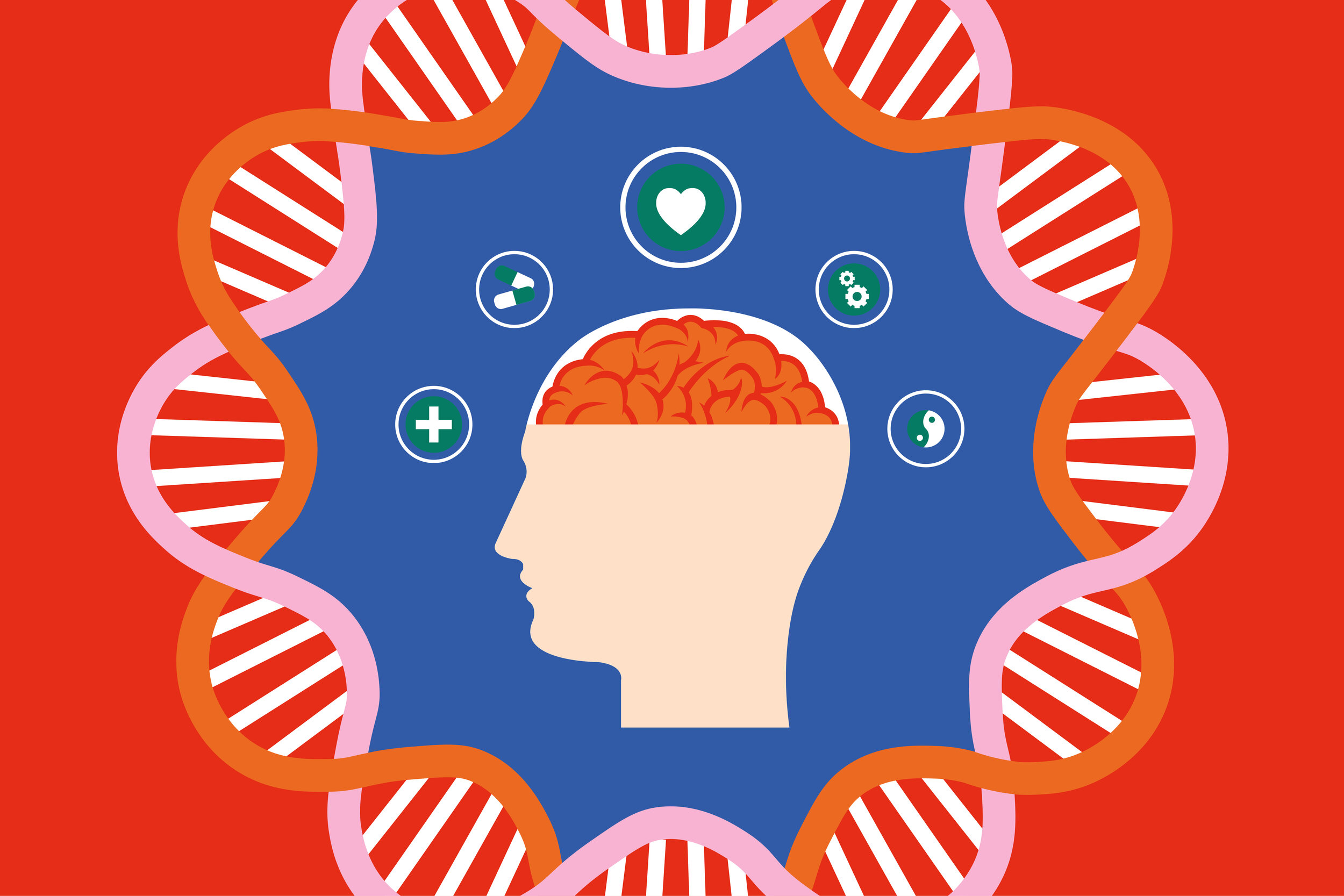How to teach your students with learning disabilities
Quick note: The suggestions following in this article are going to be focused on what you can do as a classroom teacher. We will not be discussing specialized supports such as an Individualized Education Plan (IEP) or 504 plan. If your student is not already receiving an IEP or 504 plan and you think they need an extra level of support, please check out the “seeking an educational diagnosis” section in our primer on learning disabilities. Never hesitate to speak to the child’s parents and your support team for next steps.
As tutors for learning disabilities, we specialize in providing instruction to students with learning challenges including specific learning disabilities, ADHD, and more. We wanted to take some time today to share some strategies with general education teachers who might be looking for some strategies they can implement for their diverse learners!
General recommendation for teaching students with learning disabilities
One really important thing to remember is that a learning disability does not mean that the student cannot learn; it means they learn differently. In addition, instructional strategies that are helpful to students with learning disabilities tend to also benefit all students.
Research has shown the following strategies help students with learning disabilities:
Breaking learning into small steps
Administering brief assessments regularly to monitor progress
Supplying regular and specific feedback such as:
Review of early draft of essays
Error-analysis of tests
Using diagrams, graphics and pictures to strengthen what you are saying in words
Scaffold: start with heavily teacher-led/explicit instruction, then move to more independent instruction as they acquire skills
Opportunities for independent, well-designed, intensive practice
Prompts students on strategies to use
Engage students in process questions: “how is that strategy working? Where else can you apply it?” and praise them when you see using the strategy effectively.
Brief note on interventions and accommodations for students with learning disabilities
It’s important to remember that interventions and accommodations are two different things. Interventions are typically the addition of services (reading instruction, social work services, etc.) for a student and accommodations are modifications (extra time, modified tests) we can make to help a student access teacher instruction.
In general, levels of intervention will vary depending on need – from the very intensive level of support such as individualized interventions or special education classes to the less intensive such as small group instruction.
Typical accommodations include extra time to complete assignments and to work on quizzes and tests. Modifications such as seat placement, lengths of assignments/problems assigned, modified test requirements, and extra time on tests are also often recommended and beneficial.
“One really important thing to remember is that a learning disability does not mean that the student cannot learn; it means they learn differently.”
Reading supports for students with learning disabilities
While research is always evolving, interventions for learning disabilities in reading have the most information. Some strategies and practice which often work well are:
Small groups in the classroom are typically going to be more effective than whole class or larger groups interventions.
Pre-teaching prior to reading a text is a valuable strategy: relate to real experiences, give background on the author and context around the material, and check in on students’ prior knowledge of the material.
Increase exposure to new vocabulary: teach multiple meanings of words, pronunciation, roots/affixes, synonyms and antonyms, etc.
Writing supports for students with learning disabilities
Occupational therapy is recommended for learning the mechanics of letter formation.
For the more abstract components of writing, teach writing as a process involving: prewriting activities (such as organizing and sequencing of ideas), the actual writing itself, and post-writing activities including editing.
The use of graphic organizers is frequently taught in elementary school, but it’s also a useful strategy for students to use throughout their school years as part of the prewriting process. Some resources for graphic organizers for different ages and types of assignments include Understood.org and Teacher ToolKit.
Specific accommodations for this area include use of a computer or speech-to-text (particularly helpful for those with fine-motor difficulties or spelling deficits), assistance with note-taking, and offering opportunities to demonstrate knowledge through means other than written work (such as a presentation, an art project, etc).
Math supports for students with learning disabilities
Overall, teaching strategies for students with learning disabilities in math should include: systematic and explicit instruction, visual representations such as manipulatives, pictures and graphs, and ongoing assessment.
To increase proficiency in problem-solving of word problems, several mnemonic strategies can be taught through direct instruction. Visually display the strategy on a chart or class website as a reminder.
SOLVE: Study the problem (what is being asked?), Organize the facts (identify what is important), Line up a plan (think through how to solve, without numbers), Verify the plan with action (now put in the numbers and solve), and Evaluate the answer plug (check results: does the answer make sense? Is it reasonable and correct?)
STAR: Search the word problem, Translate the words into an equation, Answer the problem, and Review the problem.
RIDE: Remember the problem correctly, Identify relevant information, Determine the operations and unit for expressing the answer, and Enter the correct numbers, calculate and check the answer.
FAST DRAW: Find what you’re solving for. Ask yourself, “What are the parts of the problem?” Set up the numbers. Tie down the sign. Discover the sign. Read the problem. Answer, or draw and check. Write the answer.
TINS: Think about what you need to do to solve this problem and circle the key words. Information - Circle and write the information needed to solve this problem; draw a picture; cross out unneeded information. Number Sentence - Write a number sentence to represent the problem. Solution Sentence - Write a solution sentence that explains your answer.
To increase math vocabulary, pre teach vocabulary, use mnemonic techniques, and use keyword approaches.
Similar to reading, small group instruction and using real-life examples are beneficial.
A simple accommodation is having students use graph paper (or lined paper turned sideways) to help students line up numbers correctly in order to reduce calculation errors.
“The use of graphic organizers is frequently taught in elementary school, but it’s also a useful strategy for students to use throughout their school years as part of the prewriting process. ”
Address executive functioning and social-emotional needs
As we mentioned when discussing learning disability advice for parents, even as you are providing academic support for the learning disability, encourage the student in areas of strength. Where can the student achieve with less struggle – Music? Creative arts? Leadership? A different subject area?
Address areas of weakness of executive functioning, using strategies such as use of graphic organizers, daily and weekly planners, color-coding, and allowing extra time to complete tasks. Encourage the student to move around and exercise, as that has been shown to have a positive effect on focus, working memory, and cognitive flexibility.
As with all students, providing clear due dates for long-term assignments and upcoming exams, as far in advance as possible, is beneficial for executive functioning purposes.
Continue to encourage the student to set high but achievable goals and expectations for themselves.
Look at your teaching practices: what is working well, what could you adjust, who is a peer that you see demonstrating effective strategies that you can learn and implement? Seek out professional conferences and in-service training to boost your skill set.
For more reading and information on learning disabilities, check out:
What Works Clearinghouse Sponsored by the Institute of Education Sciences of the U.S. Department of Education. Although as a classroom teacher you may not be able to specifically choose intervention programs, it’s a good idea to become familiar with the Clearinghouse to understand if the program your student is using is evidence based. On this website, you can filter results by subject (literacy, math, etc) and/or by age or need (disability, ELL, etc).
Teaching LD for current research and publications
National Center on Educational Outcomes for academic standards, accommodations, and alternate testing strategies.
Walters State Community College Disability Office offers specific tips for teachers, related to each learning disability
LDOnline offers strategies and recommendations for both students with learning disabilities and ADHD
National Center for Learning Disabilities has a resource page that be searched through labels or browsed generally. They also offer links to other resource pages.
Tips about teaching students with learning disabilities for general education teachers
































